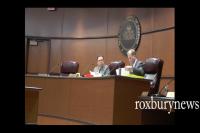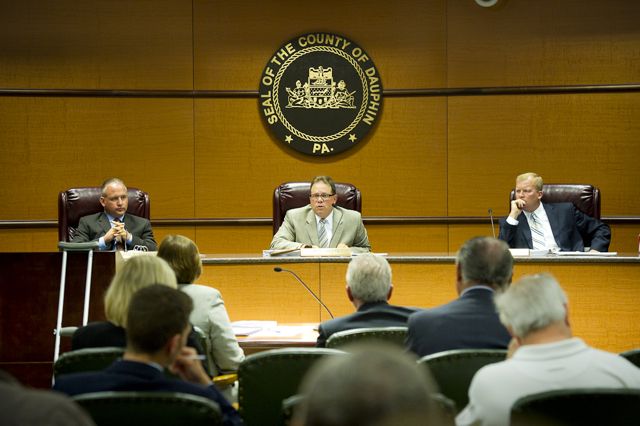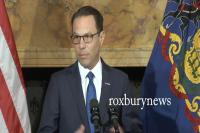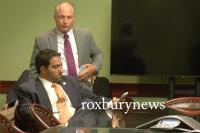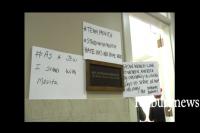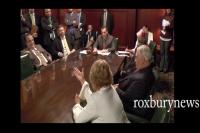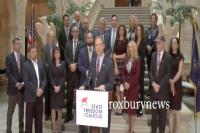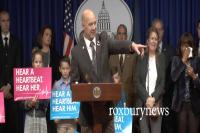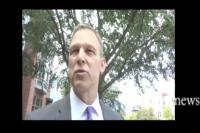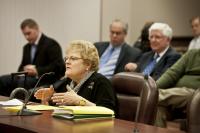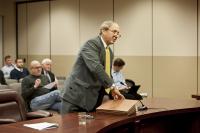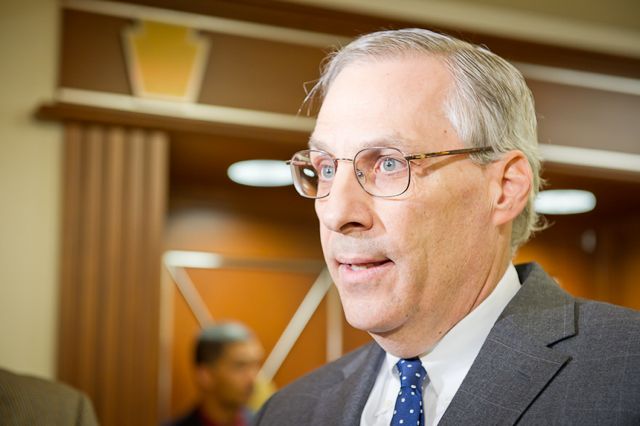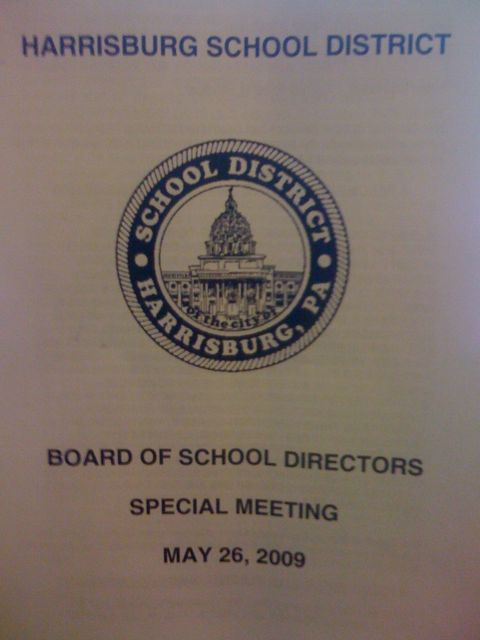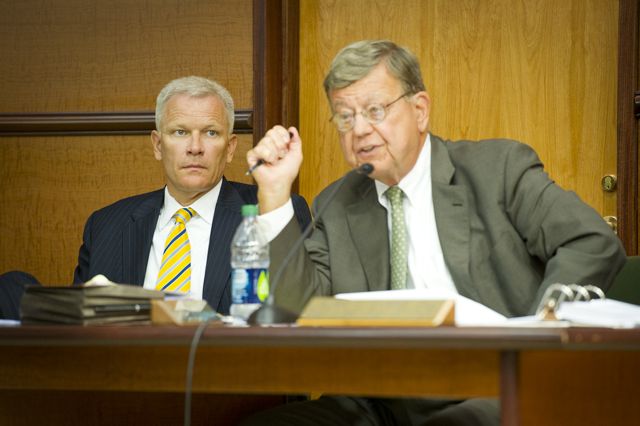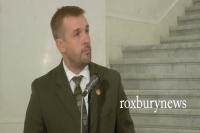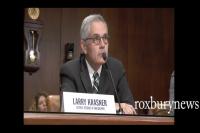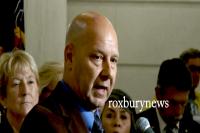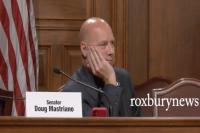As released by the office of the Governor:
To the People of Pennsylvania:
Since taking office as your governor, I have made public pension reform one of my top legislative priorities. Pennsylvania is in the midst of a pension crisis.
Pennsylvania’s two public pension systems, the State Employee Retirement System (SERS) and the Public School Employees’ Retirement System (PSERS), are badly in debt. This is a problem that was waiting for me when I took office, but one I am determined to fix.
How bad is the problem? At the end of 2011, both systems had a combined debt of $41 billion. At the end of 2012, it had increased to over $47 billion. This equates to an increase of more than $6 billion in one year, $510 million each month, or nearly $17 million each day.
What’s worse, this debt is expected to grow to more than $65 billion by 2018. To eliminate it, each household in Pennsylvania would need to contribute approximately $13,000.
The weight of this large debt will soon be felt by every taxpayer in Pennsylvania. This is because current law requires the state and public school districts to drastically increase their contributions of state and local taxpayer funds to SERS and PSERS in order to help lower it.
For example, for fiscal year 2010-11, the commonwealth’s General Fund contributed $518 million in state taxpayer dollars to SERS and PSERS. By fiscal year 2017-18, that contribution is expected to rise to $3.359 billion, a staggering 548 percent increase.
This same dynamic will also play out at a local level, where more than one-third of public school districts have applied for exceptions to increase property taxes above normal limits. For most of these school districts, increasing pension costs are to blame.
At its core, the root cause of the public pension crisis in Pennsylvania is the type of plan afforded to state and public school employees, which is called a defined benefit plan. This plan is archaic by today’s standards, because it guarantees public employees a specific benefit upon retirement, regardless of investment performance.
By contrast, most workers employed in the private sector have a defined contribution plan, commonly referred to as a 401(k), or no retirement plan at all. Under a defined contribution plan, retirement benefits are determined by employer and employee contributions and the actual return earned on investments.
Under my pension reform plan, new state and public school employees will be enrolled in a defined contribution plan, rather than a defined benefit plan.
In my view, conversion from a defined benefit plan to a defined contribution plan is the most responsible way to provide an adequate retirement for state and public school employees, while shielding the taxpayers from bearing the burden of contributing billions to help balance an outdated and expensive defined benefit plan that has become increasingly rare in the private sector.
Moreover, as I have said countless times, my plan does nothing to affect the benefits of retirees or the benefits of current employees that have already been earned.
So count me in. As governor, I pledge to you that if the General Assembly passes pension reform, I will gladly join new state and public school employees as a member of the new defined contribution system. Together, we can solve this pension crisis and make Pennsylvania a better and less expensive place to live, work and raise a family.
Photo/Natalie Cake


